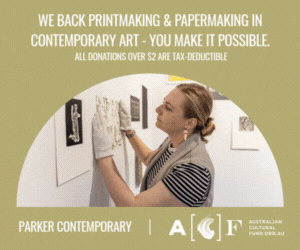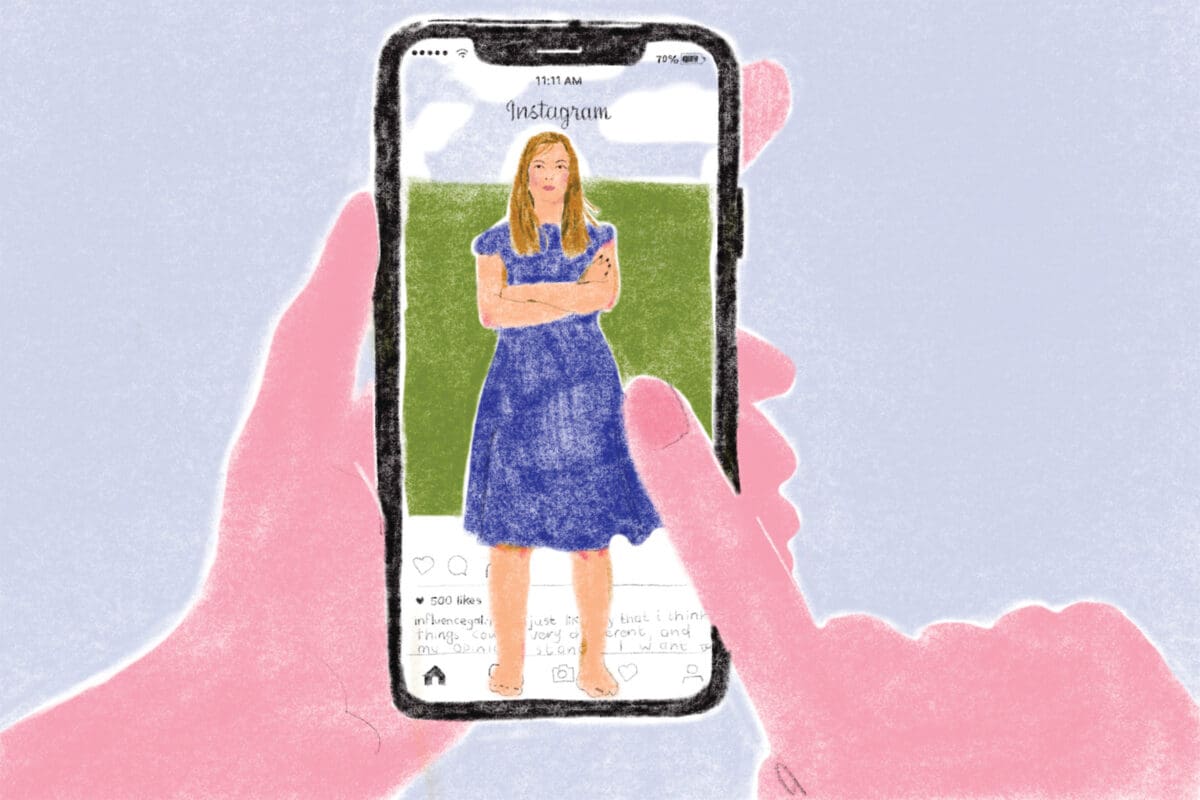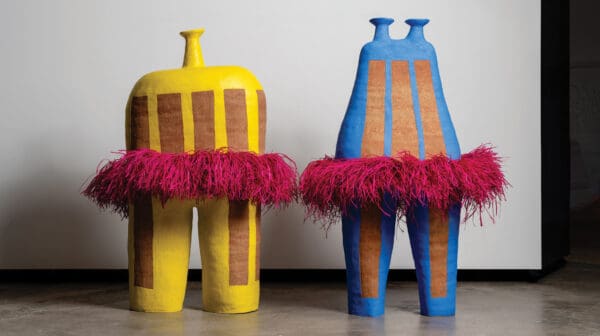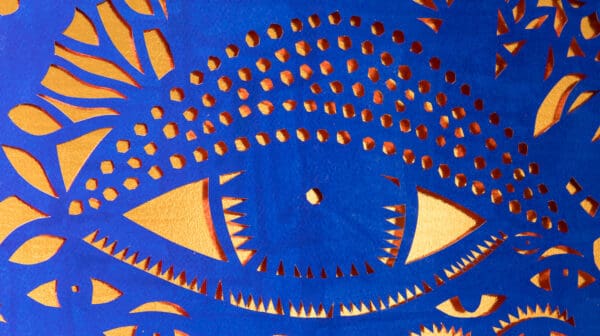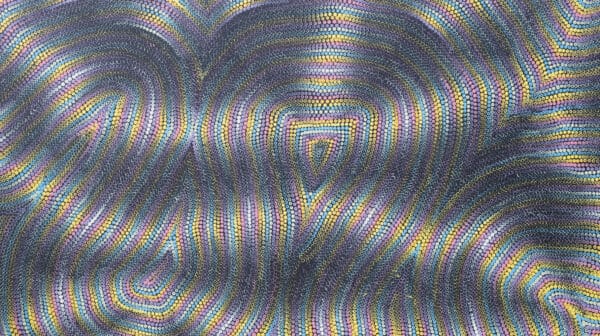A few years ago, a local sustainable fashion label reached out to me via Instagram and offered to send me some of their products for free. This happened during the middle of a pandemic lockdown, and the brand’s bamboo lounge wear and comfy underwear appealed to me greatly as another welcome addition to my stay-at-home wardrobe at the time. Since I wasn’t required to share about the received products or post any photos of myself in the clothes, I agreed.
I later learnt that even though I was not explicitly asked to share photos, the expectation was of course that I should have. I had broken an unspoken rule when it came to working with brands. When I wondered why I might have been approached in the first place, my friend (whose rescue greyhound Salty had amassed more than 100,000 followers on Instagram over two years) introduced me to the concept of ‘micro-influencers’. While we might feel more sceptical of brand endorsements by major A-list celebrities such as the Kardashians or Jenners, it can feel more genuine when the same product is shared from a person with a smaller following or in our direct community.
In our current socially-networked world of TikTok, Instagram, X, and similar, it is increasingly common that brands seek out individuals and micro-influencers to promote their products. After all, we all operate to some degree as our ‘personal brands’ on these digital platforms, sharing a curated version of our lives and/or professional achievements to audiences that include friends and family, mutuals (people you mutually follow) and strangers. Your endorsements directly impact these audiences.
“While it may be easy to view influencer culture as cynical product placement or another platform for advertising, for precarious arts workers and artists, the opportunities afforded by this work can make an indelible impact.”
While it may be easy to view influencer culture as cynical product placement or another platform for advertising, for precarious arts workers and artists, the opportunities afforded by this work can make an indelible impact. Artists, like any other worker, need to make money to live, but there remain negative connotations of being perceived as being too commercial, at risk of appearing as “selling out”. This naïve (and I would argue, classist) assumption fails to recognise artists as workers, which can lead to exploitation and untenable working conditions. Why do we romanticise the fact that Vincent Van Gogh struggled to sell his work in his lifetime? Is it a perpetuation of the starving artist trope?
For this article I spoke with four Australian artists who each have experience working as influencers. These artists have worked with a range of brands—spanning fields including street fashion, make-up, beverages, and technology—either as a model, content producer, or ambassador. A common discussion point was the role of influencing as another type of work or income stream. If we accept that artistic labour exists within the conditions of capitalism, influencing is another form of freelance labour akin to the project-based nature of working as a contemporary artist.
Artist Zhu Ohmu sums it up precisely: “I treat it as work.” She further shares that the appeal of this work is being exposed to “different industries and worlds”, a sentiment shared by Louise Zhang, who recognises that “working with brands gives my work a chance to be seen in a very different way”.
All the artists I spoke with were very deliberate when deciding who they worked with, with an emphasis on shared values, purposes, or ethics. For Zhang, this includes needing to “align with [the brand’s] ideologies and ethics where possible, as well as companies that offer fair compensation”. This was similarly expressed in conversations with Abbey Rich, who has turned down opportunities with numerous fashion brands over their use of Uyghur forced labour. Rich shares that sometimes “I’ll engage with brands about their ethics”, although this dialogue has not always been fruitful in leading to change.
It’s undeniable that artists hold a vast degree of social and cultural capital. Historically and in the present day, artists wield power, aka “influence”, in shaping culture and ideas. Contemporary artists also increasingly have to work as their own marketers and PR team, not only creating work but also promoting their work to audiences. Artist Amrita Hepi goes further to identify that creatives operate with an “accumulated visual language”, which can be easily wielded by brands to create compelling content.
“This makes me reflect on what I’ve long recognised about the power dynamics between art institutions and artists: while it’s true that institutions wield power in terms of funding and space, they only exist because of the work and lives of artists (not the other way around).”
For Hepi, this visual language goes both ways as she recalls “looking at sporting ads and fashion mags as a young person” and the influence this had on her interest in visual culture. “Where I was born in Townsville, I had easier access to Vogue than I did contemporary art practices; I had no idea what the art world was.” My conversation with Hepi prompts me to consider that the flow of influence isn’t always confined within the realm of commercial brands, and it’s not one-directional. Hepi shares the astute observation that “art institutions are like brands”.
This makes me reflect on what I’ve long recognised about the power dynamics between art institutions and artists: while it’s true that institutions wield power in terms of funding and space, they only exist because of the work and lives of artists (not the other way around). Like other brands, art institutions seek to grow audiences and profits, while maintaining social relevance through their work with artistic labourers. Artists are still their biggest asset.
While artists can endorse brands, they can also sever ties with institutions and brands as well. This is the two-way flow of influencer culture: not only in what is endorsed, but also in what might not be. Recent boycotts and protests related to unethical arts funding and ‘artwashing’—such as artist Nan Goldin’s recent actions against the Sackler family’s pharmaceutical irresponsibility—demonstrate the power that artists have in withdrawing their labour or participation.
Such political praxis is recognised by Rich who says, “I think it is my responsibility that if I’m going to post about products, or about myself, then I have a duty to advocate for other things too.” This advocacy work is an important part of the labour artists continue to do, whether they are ‘microinfluencers’ or not.
This article was originally published in the January/February 2024 print edition of Art Guide Australia.

